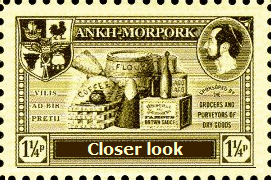|
Extreme close ups on other stamps have shown evidence for different print runs during the lifetime of the stamps. Would this technique work for the Halfpennies? All examples of the Enschede printed stamps show the same picture as could be expected. It already been stated these were all delivered as a single batch, but they do contrast remarkably against all the other stamps. Note how sharp each and every detail is present even at high magnification.
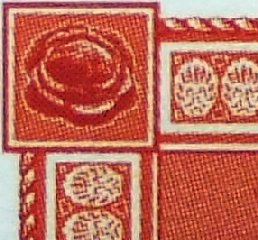
The real question is whether there was any changes between the Bath and Wincanton perforated stamps, which would have been printed at different times. And then any differences between the Shades overprint stamps, the Owlswick forgeries, and the original definitives whichever perforation was applied.
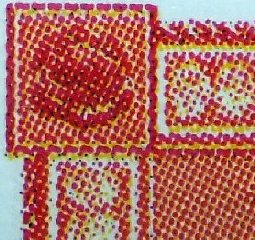 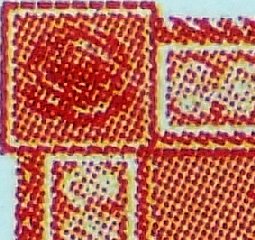 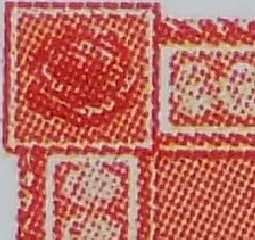
The miniature sheet Bath perforated Wincanton perforated
Ignoring the shade differences and intensities of colour which are likely artifact in obtaining these images, the three images are very similar. A look at the dot pattern of the background in the lower left corner suggests that these were all produced on the same or similar printing machine.
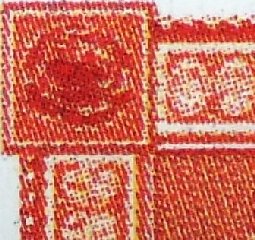 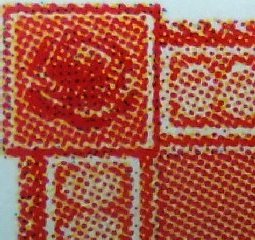 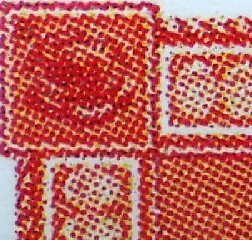
Shades overprint Owlswick forgery Owlswick evidence
The forgery and the evidence both show similar patterns, but there are distinct difference between the regular definitives, the Shades stamps, and the Owlswicks. The definitives and the Owlswicks may have been printed on a similar machine, or even the same machine perhaps with upgrades to the settings introduced to improve the print quality, but do show a different pattern. I reckon I could identify an un-overprinted Shades stamp from a regular Wincanton perforated stamp; the Shades stamps seem to have been produced by a different process or machine, or even printing firm, albeit with no loss or improvement of overall quality on a macro or microscopic level.
|


